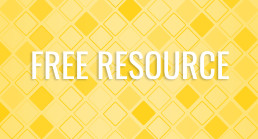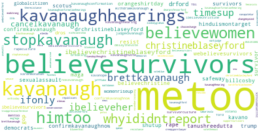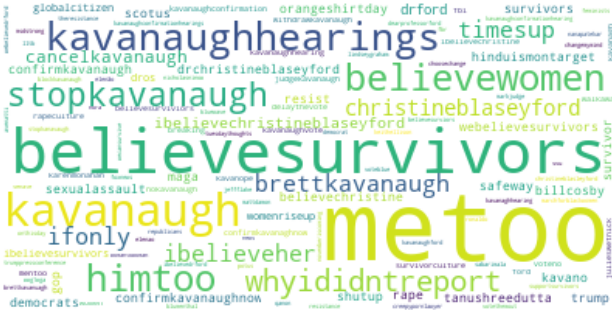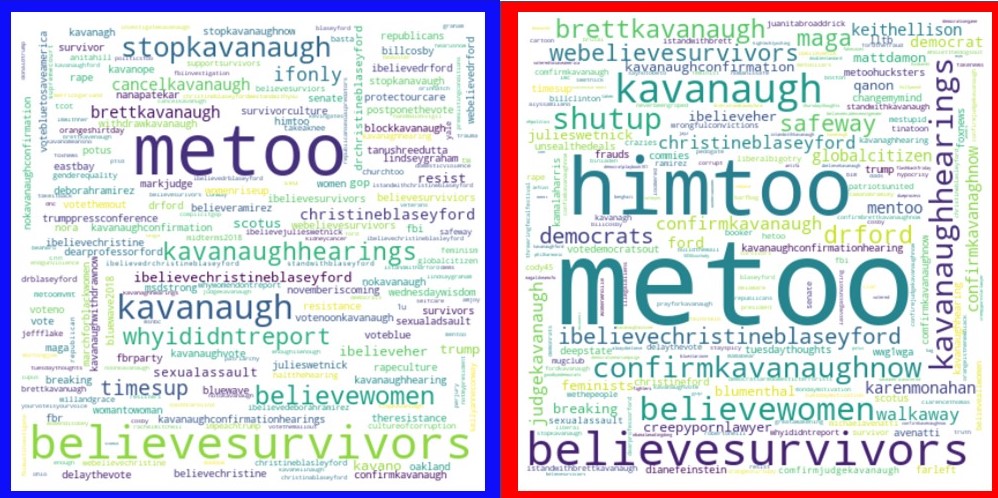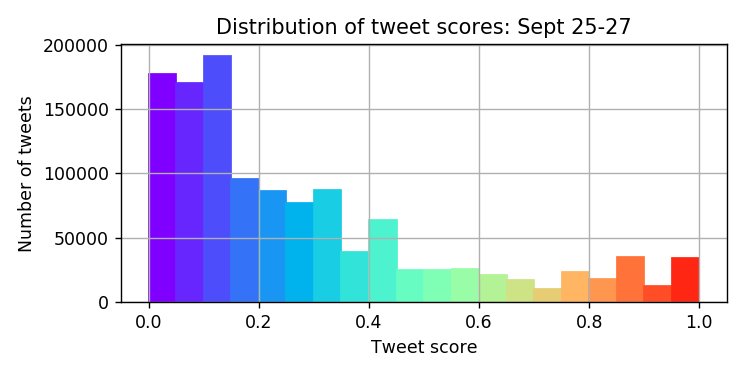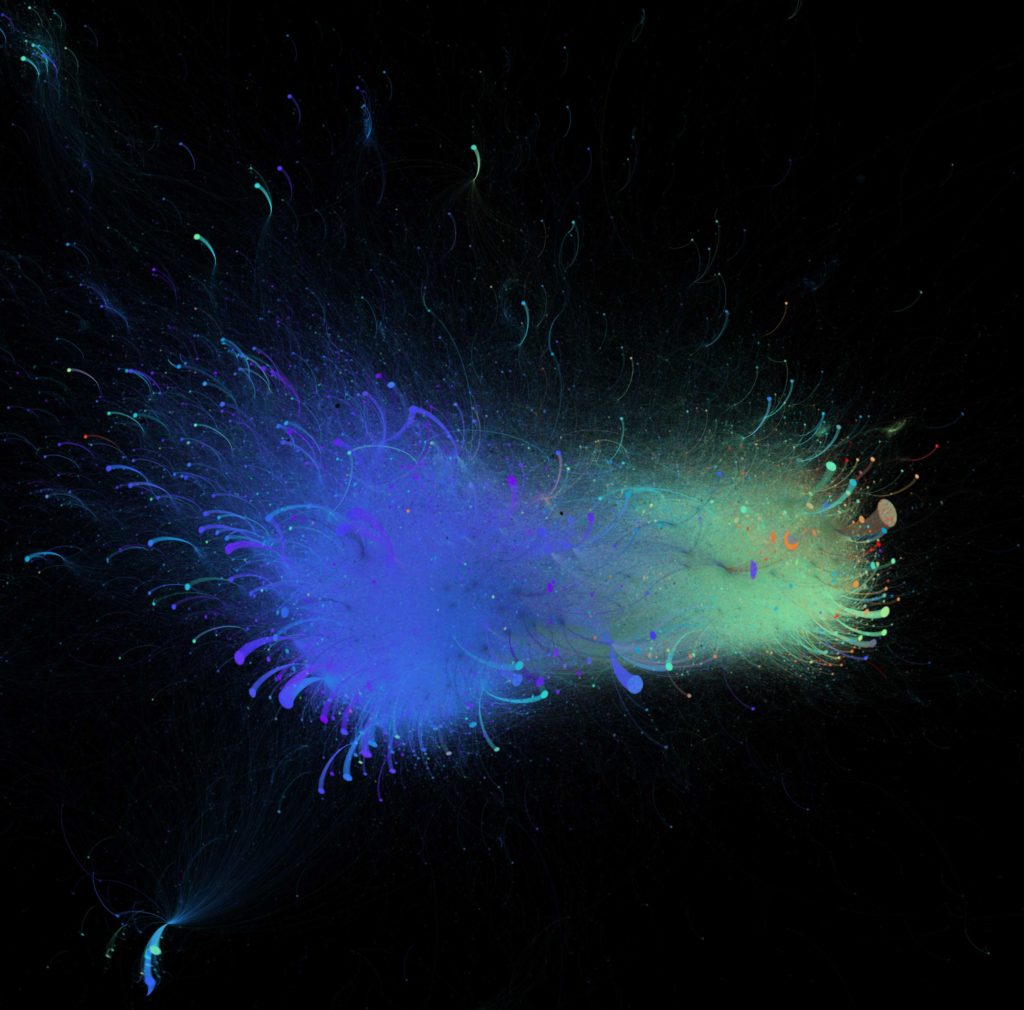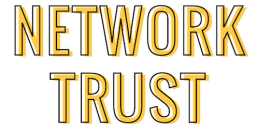Call to Create
[ap_spacing spacing_height="25px"]
Why a Call to Create? Visual art, performance, poetry, music, and other forms of art and creativity connect us. Art is an expression of our realities, and of our hopes, dreams, and vision for the future.
[ap_spacing spacing_height="25px"]
THE INVITATION
Within each of us, we have a vision of a different world. This vision is rooted in interdependence, and it’s a way of seeing the world where no one gets left behind. It’s a vision of what we’re for, not just what we’re against.
What if we could get in formation, and co-create the world we want to live in right now? What if it’s already happening? This is an invitation to engage together creatively, to get in formation, to envision the world we want to live in.
[ap_spacing spacing_height="15px"]
[ap_spacing spacing_height="15px"]
Visual art, performance, poetry, music, and other forms of art and creativity connect us. Art is an expression of our realities, and of our hopes, dreams, and vision for the future.
That’s why Resonance Network is inviting you to create art and share it with others. Your creative work will be about the world you want to live in, and can take any form. The invitation is to create an artistic piece that reflects on the following quote:
[ap_spacing spacing_height="15px"]
Reflect on the world of generations that will come after you — what are your highest hopes for how it will look, sound, feel?
[ap_spacing spacing_height="25px"]
HAVE SOME FUN!
Your artistic work might take the form of a painting, poem, sketch, cipher, collage, photograph, story, music, or whatever comes to you in the creative process. Play with a pen and paper, a camera, crayons, collaged images, a microphone, or whatever materials make you excited about the creative process
Find a moment to yourself or invite others — a neighbor, child, grandparent, or friend— into your creative process. Download a printable PDF of this overview and instructions. We ask that you share what you’ve created here.
If you have any difficulties submitting, please contact info@resonance-network.org, and we’d be happy to help!
Network Toolkit for Network Weavers
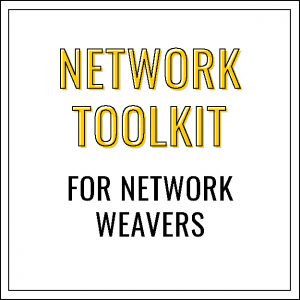 Want to know how start with network building?
Want to know how start with network building?
This free toolkit offers a set of activities you can incorporate into your next gathering to set you on a path to an effective network.
It includes speed networking, PostIt note mapping, closing triangles and other processes that anyone can easily facilitate.
Stories of Network Value and Engagement
Every month Network Weaver has a virtual Consultants Gathering. In August's gathering, the consultants were asked to share stories about their own successful and fulfilling network experiences.
Below are three stories from Network Weaver consultants in response to this question:
“What is a story of a time that a network offered you value and you were excited enough to prioritize engagement with that network? What were the conditions that enabled this?
[ap_spacing spacing_height="30px"]From Aisha Shillingford
A few years ago I was a member of a national network of people working for spiritual and social transformation. Prior to joining I had become aware of the network and felt greatly impressed and inspired by the way the members of the network embodied practices that reflected the values and principles of the network. I deeply desired to join so I could be part of this community that was walking the talk and making a positive impact in the lives of others. I remained part of the network for over ten years.
Reflecting on the conditions that enabled my sustained involvement I thought of the following:
- a clear network structure that allowed people to be involved in the network at different levels of engagement and responsibility.
- a community of support and accountability
- a joyful and meaningful connection to members of the network, true friendships
- a clearly and oft articulated purpose and vision
- opportunities for learning and for contributing to the growth of others
- personal and social development. Self development as well as projects for improving the broader community
- a strong sense of ‘we’, a shared identity
- clear mechanisms of appreciation and votes of trust. These were shown through increased responsibility and participation in decision making etc.
[ap_spacing spacing_height="30px"]From Curtis Ogden
The network that immediately comes to mind is the network I’ve been supporting for almost 7 years now, Food Solutions New England. Though I am technically a consultant, at this point I am very much a member of the family. It was, in some sense, exactly what I was looking for – a “project” to really sink my teeth into and a community where I could find a deeper sense of belonging.
I would say that from the get-go there was something about the quality of the people, the sense of welcome, and of being more authentic and whole with one another that was a draw. People were willing to not just be in their heads, but in their hearts and souls. We shared meals and informal conversation with one another. We shared art and poetry. And there was a sense of truly being in something bigger, a movement, that was larger than any of our individual work. So, trust, authenticity, openness, and compelling purpose all helped.
We have also been committed to diversity, inclusion and equity in a number of different ways, so that there is a commitment to ongoing learning and action, which results in being in rooms with people of a variety of different backgrounds and identities, which is stimulating. Over the seven years of work, there have been threats of plateauing and then we come on another challenge: from building a base of trust, to aligning around a vision, to committing to racial equity, to mapping our system to working on complex solutions, to addressing white privilege and white supremacy culture. Never a dull moment? And we have consistently evolved the structure to meet the needs of where we were moving and growing towards.
I consider the people in this network to be friends, many of whom would really have my back. In this day and age, that feels like an incredible gift.
[ap_spacing spacing_height="30px"]From Kiara Nagel
The network that comes to mind is an international youth network I have been connected to for 10 years now. Focused on internal development and external social initiatives, the network has spun off several different initiatives led mostly by 18-28 year olds.
I think what makes people excited to be involved are:
- deep friendships and many different relationships
- many opportunities for different experiences to collaborate creatively with one another to develop our practices
- collective work that benefits, connects to, and serve others.
There is also an evolving core that brings people back together from time-to-time and shared attention is given to how the economy is developed and the values are practiced
Read more stories in Monday's blog post.
If you have a story you'd like to share, please do so in the comments below, or email info@dev.networkweaver.com
Stories of Network Value and Engagement
Every month Network Weaver has a virtual Consultants Gathering. In August's gathering, the consultants were asked to share stories about their own successful and fulfilling network experiences.
Below are three stories from Network Weaver consultants in response to this question:
“What is a story of a time that a network offered you value and you were excited enough to prioritize engagement with that network? What were the conditions that enabled this?
[ap_spacing spacing_height="30px"]From Yasmin Yonis
At one point some years ago, I was actively engaged with my Truman Scholars Network — listserv posts, meet ups, attending conferences. I was engaged because it was a network of people who shared the same values and same goals as I did—a career in public service—and were passionate about helping each other reach those goals. There was a sense of community and solidarity. We had all survived the infamous Truman selection process and we were in this together. Trumans were in every career field, many of them higher up, and could help you secure connections with others, internships, jobs, and provide help during the graduate admission process. I found some of my best friends in this network.
[ap_spacing spacing_height="30px"]From Sara Shapiro-Plevan
In November 2017, a network of women who had been victims of gender bias or sexual harassment in the workplace, specifically in Jewish communal settings (synagogues, Jewish schools, and Jewish organizations) began to coalesce. Some of us met in a large group in late November and began to self-organize in small groups around particular areas of urgency or interest. For some of us, current events were enough to motivate us to gather, to talk together, and to learn to listen and respond to each other differently. For others, having been victims or caring for victims propelled us to engage with the network and connect with others. Current events swirling around us were no doubt also a motivating factor that we all used to catalyze our engagement with this developing network and our desire to weave the network into something tighter.
We also knew that without the power that lived within this network--predominantly female and with some men who were allies--we would continue to see a culture of complaint without action emerge, and this would be ultimately unsatisfying. Small spots of action began to emerge within the network, through the relationships that came about inside the network amongst trusted network members. Those outside the network were not deemed as trustworthy as those inside--not trustworthy enough to take part in various actions or to hold the stories of those inside the network.
Half a year has passed and real action has emerged from the group. Ideas which were born inside the network have become professional training for people in organizations on the periphery as the changes the network is seeking are becoming diffused. Those trainings are using network models to make sure that they do not stay as trainings alone but create a strong community of partners who can get the work done after they are trained to make change. Advocates from inside the network are moving from the core to the periphery to carry the messages of this work and the value and need for change out into the world and acting as powerful bridges.
Certainly, this is based on current events. When the world can see women as equal and workplaces as equitable, maybe these networks that are being born and coalescing will disappear. But women are taking the reins here and giving birth to these networks, shaping them and making sure that they are strong, using network principles even where they do not know them, and evolving them into something truly captivating.
I myself found two friends inside this network who wanted to work on a project with me, and we have woven our own network as a part of the larger one around hiring as a specific focus, gathering professionals who have been impacted specifically by issues connected to hiring processes. The energy that has been generated inside this has surprised me--it has not been anger alone but has been directed toward change. Where it could have been anger, the network managed to, as a living and breathing entity, steer toward growth and positivity and appreciation, and we are all energized toward a future that can be about connection and equity over disconnect and imbalance.
[ap_spacing spacing_height="30px"]From Joni Bryan
I was fortunate enough during my undergraduate work to be matched with a network weaver extraordinaire as a mentor, Dr. Froswa’ Booker-Drew. Although my networking had been effective previously, it was almost entirely intuitive, and she added science and strategy to it. She also trusted me enough to introduce me to those in her network who could help, or who I could help, and modeled network weaving for me. She introduced me to the idea of social capital and leveraging relationships to make change. Years later, she is still a mentor and a friend to me, and has taught me that every relationship has value and how to strategically align my community to make change. I started a nonprofit community after that, Amplify, and today it is 5 years old and 5000+ members strong - we all rely on each other for the collective knowledge and skills we could never have alone!
More stories to come in Wednesday's blog post.
If you have a story you'd like to share, please do so in the comments below, or email info@dev.networkweaver.com
Network Weaver Free Resources Package
Each week, we add a new free item to our store.

This week we are offering: Network Weaver FREE RESOURCES PACKAGE.
ALL of the free resources currently available at the Network Weaver Resource Page in one complete downloadable file.
Conversations in Networks
In early September I started collecting #MeToo tweets and stumbled into a big-data look at #MeToo and the Kavanaugh confirmation. As I posted previously, the Twitter network is radically split into red and blue factions. (FiveThirtyEight subsequently wrote about this divide, based not on Twitter but on polls, and arrived at the same conclusion.) Now I want to post an update on this project, which is more than ever a work in progress. I’m especially wanting input from #MeToo movement organizers, who hopefully have real questions that can guide where this research goes next.
I am still collecting tweets. Here is an updated map, showing the same left-right split. The network appears to have a couple significant bridges and a “super-left” tail:

We know it’s been a momentous few weeks for #MeToo. Let’s look at the data. See how #MeToo tweeting spiked over 100,000 per hour on Sept 27, the day of Ford’s testimony.
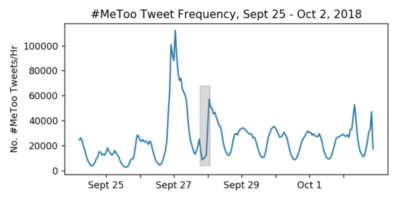
There was a huge spike of #MeToo tweets Sept 27.
The grey bar indicates missing data from Sept 28.
What tweets exactly are being counted? Over Sept 15-27 I curated a list of hashtags to track, aiming to capture #MeToo spirit without taking unnecessary Kavanaugh crossfire. During that time, #BelieveSurvivors grew from zero to the number one trending hashtag on Twitter of Sept 24. My final list of 20 “#MeToo hashtags” also includes #WhyIDidntReport, #BelieveWomen, #MenToo, #MeTooMvmt, #SurvivorCulture, and #HimToo. Below is a word cloud showing all the top hashtags from the 5 million tweets charted above.
All these maps and charts are a nice start, but how can we better understand what’s happening on the two sides of this “conversation”? One way is to make separate word clouds, one for each side:
We can see some important differences based on these word clouds, like #HimToo on the right and #WhyIDidntReport on the left. But the differences are obscured by the overwhelming similarities. For example, barely a day after #BelieveSurvivors exploded on the left, it became just as huge on the right, and so both word clouds feature this hashtag prominently, which does not help us understand the differences between left and right.
Let’s look at this problem another way. We’ve got 5 million Tweets from 1.5 million users. Based on network clusters, we can categorize many (maybe most) of those users as “left” or “right.” What happens if we make one bucket of tweets from known “left” users, another bucket of tweets from known “right” users, and then teach a computer program to recognize the difference between a “left” tweet and a “right” tweet? If we succeed, then we can use that computer program to score any #MeToo tweet on left-vs-right partisanship, including tweets from unknown users and without even drawing a network map.
We have formulated a classic problem of machine learning. Skipping some technical detail, we train a classifier to recognize our two categories of #MeToo tweets with roughly 87% accuracy. Not bad. If we crack open the resulting classifier, we find model coefficients that tell us exactly which words are most strongly associated with each side of the #MeToo divide. The bigger the bar, the more influence it has on our “prediction”:
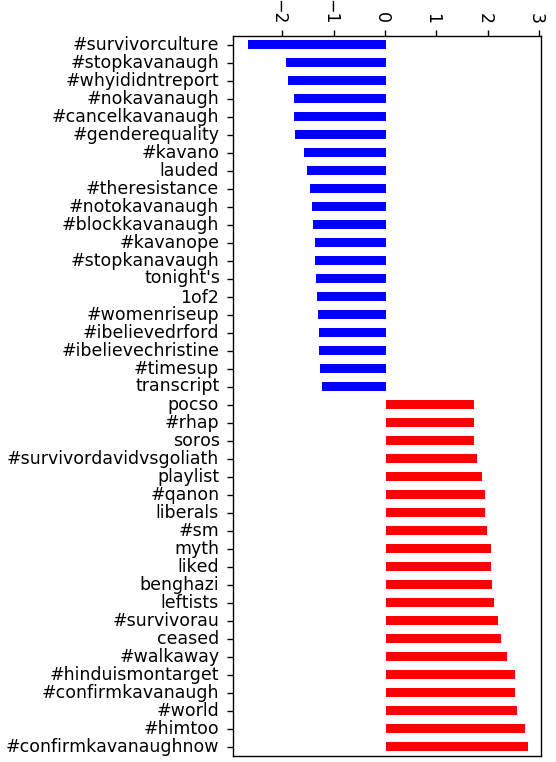
The words listed above do not have any extraneous hashtags that are popular on both sides. We are looking at the most significant single-word indicators that a tweet is either “left” or “right.” The top two and bottom two make perfect sense. The left champions #SurvivorCulture and #StopKavanaugh. The right champions #HimToo (a cry to protect men from false accusations) and #ConfirmKavanaughNow. Some words included in the list are not obviously partisan (#world) and we’d want to do more model-training if we were really serious about classifying lots of future tweets very accurately.
Let’s run with our first-draft model for now. With it, we can actually compute, for any #MeToo tweet, the probability that it’s left or right. If a tweet scores 0.0001, then it’s almost certainly left, and it it scores 0.9999 then it’s almost certainly right. If we can score tweets this way, then we can aggregate tweet scores user by user and estimate how far each individual leans left or right (on a zero-to-one scale), based on what they’re literally saying and without having to bother with a map. Below we see a curve of tweet scores based on Sept 25-27.
The rainbow in the chart above shows how we assign a color to each score value from zero to one. This will be handy when we start assigning scores to nodes and edges in network maps.
Based on the distribution above, let’s consider a more nuanced classification than the binary “left” vs “right.” I’ve proposed four categories, and selected 2-3 of the most-retweeted examples within each category. It looks good at the far ends, with a miss or two in the mid-left and mid-right.
[ap_spacing spacing_height="15px"]
Far Left: ~500K tweets scoring 0.0-0.15:
"i was raped at Yale. i was groped at parties in dke’s house—#kavanaugh’s fraternity at yale—and was told as a freshman to avoid their “rape basement.” multiple dear friends were raped by yale dke brothers & by boys from elite prep schools. i believe ramirez. #believesurvivors"
"by scheduling a vote on judge kavanaugh before dr. ford has even testified, senate republican leaders are saying loud and clear: they don’t care what she says. #believesurvivors"
"mr. president, enough. a supreme court nomination is not worth more than the lives of survivors. there must be a full investigation of these allegations of criminal behavior, and judge kavanaugh’s nomination must be withdrawn."
[ap_spacing spacing_height="15px"]
Mid Left: ~300K tweets scoring 0.15-0.35
"ladies, a question for you: “what would you do if all men had a 9pm curfew?” dudes: read the replies and pay attention. #metoo #kavanaugh #cosby #feminism #maleprivilege #privilege"
"tune in as democrats show our support for dr. christine blasey ford. #believesurvivors"
"so, the same party that wants to force teenage boys and girls to shower together in the name of transgender rights is also leading #metoo against sexual predators?"
[ap_spacing spacing_height="15px"]
Mid-Right: ~200K tweets scoring 0.35-0.75
"modern feminism has never been about equality with men.
it has always been about special treatment and exemption from all responsibility. many condemned me for being one of the first to speaking out against #metoo. now it’s toxicity is on full display. #defendourboys"
"you can like or not like @michaelavenatti but what he just put out is a sworn affidavit alleging that kavanaugh and mark judge regularly gang raped women including once his client julie swetnick. i believe survivors."
"it’s all about #metoo & #webelievesurvivors unless the survivors support @realdonaldtrump or the sexual predator is a democrat. ain’t that right @keithellison @maziehirono @senfeinstein & @billclinton @dnc the party of hypocrisy
[ap_spacing spacing_height="15px"]
Far Right: 100K tweets scoring 0.75-1.0
"i’m loving the hashtag #himtoo. it appears to be a movement built of men who have had their lives and families destroyed by false allegations and a lack of due process. radical feminism has become problematic and needs to be addressed. dr. luke, brett kavanaugh… #himtoo"
"serious question. are keith ellison, sen. sherrod brown, sen. booker and sen. tom carper signing on? i know they’re democrats but thought it’s only fair to ask given their history’s on this subject."
[ap_spacing spacing_height="25px"]
COMING SOON…
With a good scoring and coloring system, along the lines described above, we can apply those colors to every node and edge of a twitter map, and see “exactly” where left- and right-leaning discussions are happening, along with some shades in between the extremes. Something like this:
Prototype #MeToo Twitter network map,
With color spectrum to indicate extent of left vs right expression.
Let me know what you think. I am especially interested in movement organizer folks who have suggestions for improving the relevance and usefulness of this method to provide them with actionable information.
Originally published 10/9/18 at Connective Associates.
Network Strategies For Your Network
The following video is about 20 minutes long and provides a short overview of network strategies. It was done for the Food Policy Network State Networks, who graciously agreed to let me share it.
The video emphasizes the importance of being part of networks of networks and of catalyzing self-organizing to move us to a more experimental, learning and viral space. Increasingly I’m seeing networks of networks and self-organizing as the key factors needed to shift systems.
[ap_spacing spacing_height="30px"]
Designing Meetings that Do More
Imagine leaving a meeting feeling naturally inspired, energized by new ideas, with enhanced goodwill toward your colleagues, and a shared sense of alignment and clarity for where to go next. In a highly-functioning group, ideas and experiences cross-pollinate, perspectives broaden, assumptions shift, and something new emerges that no one could have discovered alone. Sadly, many people spend a lot of time in meetings, which are boring, routine, frustrating, and do not access the ideas and perspectives of every one in the room.
Here are some of the needs I often hear expressed by people in organizations and those working on positive social change:
- Our work is to ‘siloed’ – people are not aware of what others are doing.
- Insights or lessons learned are not well communicated so others make the same mistakes or reinvent the wheel
- We spent all this time to come up with a plan and now that we are rolling it out, people are resisting and objecting to it – we need better messaging.
- How do we convince people to act? To change? To adopt our goals?
In a world of pressing demands and complex challenges, where people want to have impact, take action, and get outcomes, what gets overlooked is the process of how we get there. The how is all about how people are engaged, brought together in meetings, and how they participate, learn, and think and work together. As Atul Guwande, a surgeon and writer says, “Human interaction is the key force in overcoming resistance and speeding change.”
In over 25 years of work in organizations and collaborative initiatives focused on environmental and social change, I have come to realize that meetings hold more potential than we typically access. I have been blessed to discover some great teachers and had the opportunity to learn, experience and practice new ways of working and organizing meetings to achieve multiple benefits (see end of this blog for credits.) We can design meetings to do more.
Design starts with intent, which means becoming aware of the world view and assumptions that inform our choices. I’ve always been inspired by how one quote or question can shed light on and shift my assumptions and intentions. Here I’d like to share the quotes that inspire how I design meetings:
“Are you lighting a candle or filling a bucket?”
There is a tendency to highly script every minute and fill a meeting or workshop with speakers and presentations, squeezing in a bit of Q&A with the participants. If our aim is to spark people’s motivation, willingness to engage and take action, getting the balance right of presentations with conversation is key.
“It’s a far superior strategy to get all the minds working on what needs to change, rather than to convince each person to do what we think is best.” -Fran Peavey
Inviting a group to consider well-framed strategic questions is a great the way to get all minds working on what needs to change. This engagement, when well designed, is what leads to better thinking overall and an experience of participation and contribution. When people help shape a strategy or plan, there is less need for “messaging” and convincing.
“Nothing about us without us.”
This slogan from South African disability activists is a good reminder to have people in the conversation who are closest to the situations being discussed. Aryanna Pressley, who is the running for Congress from Massachusetts, said it well: “The people closest to the pain should be closest to the power.”
“If I had an hour to solve a problem and my life depended on the solution, I would spend the first 55 minutes determining the proper question to ask, for once I know the proper question, I could solve the problem in less than five minutes.” - Albert Einstein
An effective practice for meeting design is to have a design team work ahead of time to consider and distill the most important relevant questions to be considered by the group. As this blog shares, this strategic clarity and investment before the meeting “sets the table” for productive conversations.
“Social learning networks enable better and faster knowledge feedback loops, essential for innovation and creativity…social learning is how we share implicit knowledge and get work done.” – Harold Jarche
Combining a good question with meeting methods that get people talking in small groups and then mixing and cross-pollinating those conversations enables us to access the ‘collective intelligence’ of a group. Methods such as World Café, 1-2-4-All, and Open Space allow many voices to be heard and inform the group’s understanding and development of consensus, as I have written about in other blogs.
On October 11th, I will be hosting a workshop called Designing Meetings that Do More, which will explore more of these ideas. Hope you will join us!
Credits go to (among others):
Art of Hosting, Liberating Structures, World Café, Fran Peavey and strategic questions, Tom Atlee and the Co-Intelligence Institute, Harold Jarche, Time to Think, National Council on Dialogue and Deliberation.
Originally published on October 3, 2018 at New Directions Collaborative
Systems Thinking and Networks
Last fall, I heard about an online educational portal called Plus Acumen, which advertises itself as the “world’s school for social change” and offers several free classes. Many of their offerings are geared towards providing practical and accessible tools that people involved in nonprofits, community groups, and networks can use to improve their efforts.
After looking through the course catalogue, I found and enrolled in a class called Systems Practice, led by Rob Ricigliano of The Omidyar Group. The class was insightful, and lead students through an intuitive series of exercises exploring systems through creating a framing question, identifying forces, creating a systems map using Kumu, and crafting a strategy rooted in leverage points.
Throughout the class, I gained a general framework to use to better understand how systems work, and tools that can improve the work I do.
I highly recommend this class to others interested in systems thinking and social change, as it is being offered again for free this fall starting October 9th.
Classes like this are important for advancing the practice of networks by integrating a holistic way of thinking about systems change with tools and strategies that networks can use to be more effective. As more networks blend systems thinking into their core strategies, the possibilities of accelerating transformational change expand, and areas for new tools, practices, and collaborations become clear.
If you’re interested in these items, I’d suggest taking the course, convening a team of people to enroll in the class with you, and share your learnings along the way, as well as ways you are integrating this into your network’s strategy.
[ap_spacing spacing_height="40px"]





